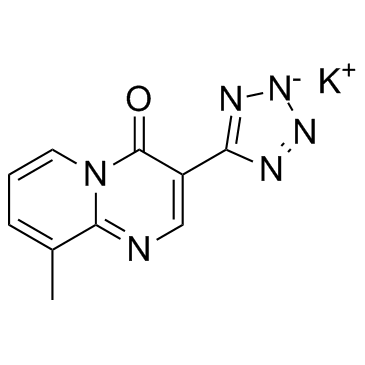| Structure | Name/CAS No. | Articles |
|---|---|---|
 |
Pemirolast potassium
CAS:100299-08-9 |
|
 |
Levocabastine hydrochloride
CAS:79547-78-7 |